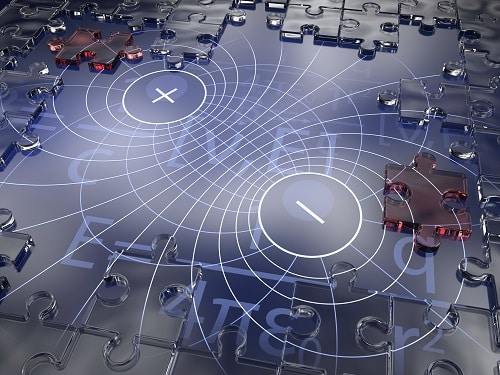Anode and cathode raw materials needed for battery development need to be mixed well to produce high-quality batteries

To effectively use renewable energy sources for applications requiring portability and electrification, such as electric vehicles (EVs) and consumer electronics, the development of high-performance is essential. Since it undoubtedly relies on breakthroughs in materials, optimisation of anode material and its proper mixing is important.
Traditional battery involves both anode and cathode, which are usually made by mixing active material (graphite), binder powder, solvents and additives. This slurry mixture is then pumped into a coating machine, which applies it to an aluminium foil for the cathode and a copper foil for the anode.
Challenge & solution of mixing anodes
Commonly used materials for anodes are carbon/graphite as the active anode powder, carboxymethylcellulose (CMC) as the binder/film former, plus conductive materials and additives, and deionised water as the solvent. To mix these, first, the binder is dispersed in the other powders by dry mixing. CMC tends to clump when added directly to water.
Therefore, it is recommended to dry mix the CMC powder with the carbon/graphite powder, thus preventing clumping when added to the water. The viscosity/solids content can also be adjusted to the desired value in the final step. Additionally, a mixing container with a lid having a small hole in the centre prevents pressure buildup. Mixing under vacuum removes voids/bubbles, dissolved gases and gases adsorbed to fillers/powder.
Mixing cathodes and separator foil
Active cathode materials such as cobalt, nickel and manganese form a multi-metal oxide material in their crystal structure to which lithium is added. They determine the compositional differences in the manufacture of positive electrodes for battery cells.
In addition to the cathode and anode mixture, the separator film required between the cathode and anode can also be produced quickly and safely. The separator, which physically separates the anode and cathode, is a microporous compound usually based on plastics such as polypropylene or polyethylene.
While the dissolving of the binder polyvinylidene fluoride (PVDF) in the solvent N-methyl-2-pyrrolidone (NMP) is much easier to mix than the much more viscous components of the cathode and anode, the challenge in mixing the separator is the homogeneity required. Voids in the final mix must be minimized to create more lithium storage sites.
Use of centrifugal forces
While the above is process is quite time-consuming when done manually, a mixing machine called Hauschild SpeedMixer AC can speed things up, thanks to Dual Asymmetric Centrifuge (DAC) technology. The special feature of this mixing principle is the double rotation of the mixing cup. The combination of centrifugal forces acting in different planes enables an extremely efficient mixing process characterised by a homogeneous result – without the use of agitators. Almost 100 per cent degassing is already achieved during the mixing process, removing even the smallest microbubbles. Therefore, an additional degassing cycle is not required. Programmable cycles ensure absolutely identical, reproducible mixing of each batch and result in a significant acceleration of the development process.

“The Hauschild SpeedMixer is a fast, highly efficient, dust-free and clean mixing equipment. There is less impact on employees and the environment. Thanks to its extremely fast mixing, the Hauschild SpeedMixer enormously shortens the product development, analysis and quality assurance process in R&D laboratories,” said Fabio Boccola, CEO of Hauschild Engineering.








